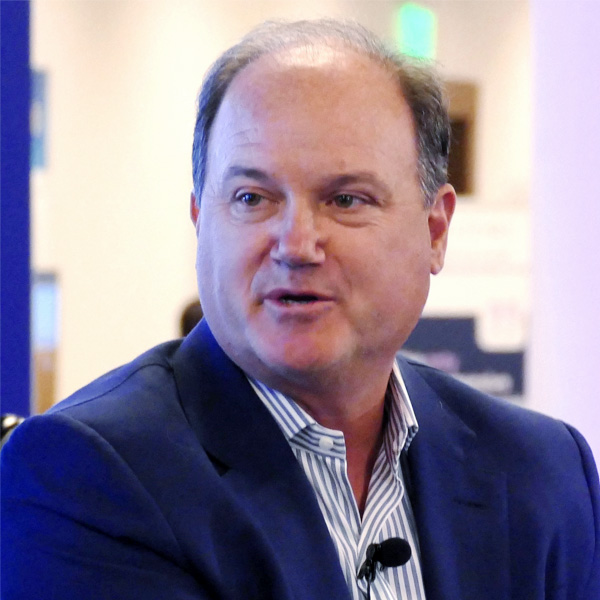Federal regulators have finalized their strategy to protect a critically endangered whale species as they expedite development of coastal waters for wind energy generation.
The “North Atlantic Right Whale and Offshore Wind Strategy” provides guidance to federal agencies and their partners on how best to promote recovery of the species and other marine life.
The Bureau of Ocean Energy Management and the National Oceanic and Atmospheric Administration’s National Marine Fisheries Service released the strategy Jan. 25.
It follows three main tracks: support tools for mitigation and decision making; research and monitoring; and collaboration, communication and outreach.
Immediate steps include avoiding leasing that may impact whale habitat and issuing guidance to developers on how best to ensure noise does not reach potentially harmful levels.
BOEM and NOAA Fisheries also are directing nearly $100 million of Inflation Reduction Act funds toward conservation of the North Atlantic Right Whale (NARW), which is near extinction. The NARW population is estimated at only 360, with fewer than 70 females of reproductive age.
These efforts seek to untangle a chain of causes and effects: Fossil-fired power generation is blamed for climate change; climate change is blamed for the NARW’s decline; emissions-free offshore wind power is intended to help replace fossil fuel and ease climate change; construction and operation of offshore wind turbines could further harm the NARW.
“Right whales are endangered and climate change is impacting every aspect of their survival — from changing ocean habitat [and] prey availability … [to] migratory patterns — making the transition to cleaner, renewable energy critically important,” NOAA Fisheries Assistant Administrator Janet Coit said in a news release. “Working together on this strategy leverages the best available scientific information to inform offshore wind management decisions while conserving and recovering the species.”
The strategy is a nonbinding advisory document, rather than a directive or rule. It is intended to be updated as more information becomes available.
Save the Whales
Whales have become a center of attention in the offshore wind development debate because an unusual mortality event for the NARW, minke whale and humpback whale along the Atlantic coast has coincided with increasing offshore wind testing and construction activity there.
Officials blame fishing gear entanglement and vessel strikes for most of these whale deaths, but opponents have seized on the timing to blame offshore wind.
A smoking gun for some opponents has been NOAA Fisheries’ use of the word “take” in the Incidental Harassment Authorizations it issues for wind projects.
In that usage, “take” means to harass — to disturb or slightly injure.
But in other contexts — such as NOAA Fisheries’ “Atlantic Large Whale Take Reduction Plan” — the word “take” can mean to seriously injure or kill.
The Marine Mammal Protection Act specifies two types of harassment: Level A has the potential to cause nonserious injury, and Level B has the potential to disrupt behavioral patterns but not directly cause injury.
Serious injury or death of any species listed in a harassment authorization is explicitly not authorized.
But in a lengthy document, that distinction can be missed by those who want to protect whales or ignored by those who want to thwart offshore wind.
This can lead to accusations that a project is officially allowed to kill a specific number of whales.
In one recent example, NOAA Fisheries on Nov. 20 issued a 42-page letter of authorization for incidental take of marine mammals through acoustic disturbance during construction of Revolution Wind off the Rhode Island coast.
This included a Level B take of up to 44 NARWs in any one year and up to 56 NARWs over a five-year period. No Level A take is authorized.
The authorized Level B take is lower for three other whales — 18 sei, seven sperm and three blue whales per year — but much higher for other creatures: 304 minke whales, 2,303 gray seals and 8,084 common dolphins.
Limited Level A harassment is authorized for certain whale species: 21 minke, nine humpback, five sei and four fin.
The letter of authorization also spells out protective measures. Active visual and passive acoustic monitoring for any NARW presence must be maintained during pile driving, for example, and work must be halted immediately if a NARW is detected, unless a shutdown would create imminent risk to human safety or project integrity.
The newly published strategy includes a map indicating that Revolution and several other planned wind farms south of the Massachusetts-Rhode Island coast stand near the densest concentration of NARW activity observed from 2010 to 2019.
Revolution’s harassment authorization reflects this.
By comparison, the NARW is a less frequent visitor to the area off the New Jersey coast where the now-canceled Ocean Wind 1 would have been built.
Ocean Wind 1 would have been up to 50% larger than Revolution Wind.
But NOAA Fisheries authorized a Level B take of only seven NARWs per year for Ocean Wind 1, compared with 44 for Revolution Wind.
